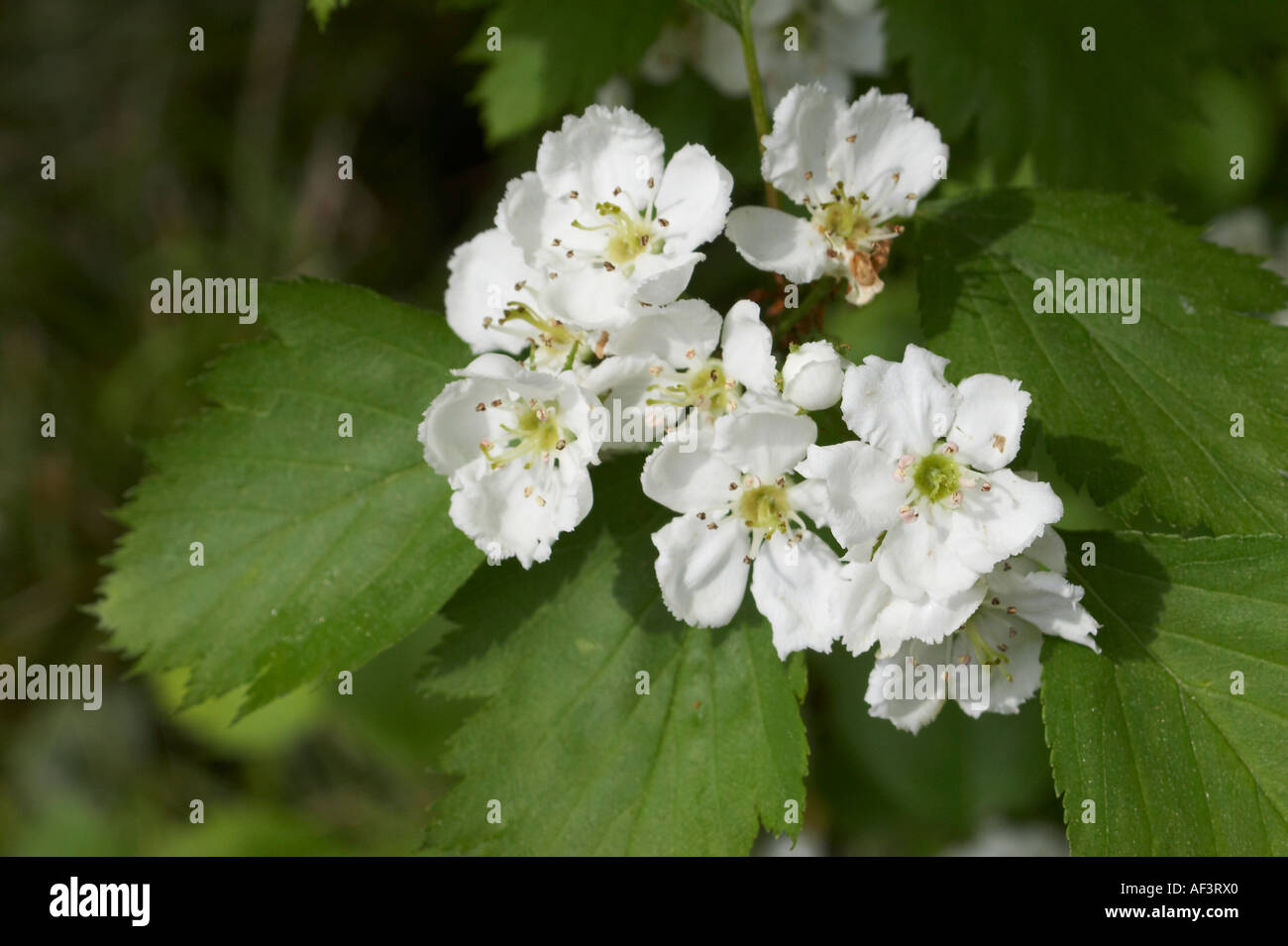Rosaceae - Crataegus intricata

Image details
Contributor:
Piotr & Irena Kolasa / Alamy Stock PhotoImage ID:
AF3RX0File size:
52.6 MB (1.2 MB Compressed download)Releases:
Model - no | Property - noDo I need a release?Dimensions:
5256 x 3498 px | 44.5 x 29.6 cm | 17.5 x 11.7 inches | 300dpiMore information:
Crataegus (Hawthorn) is a large genus of in the family Rosaceae, native to temperate regions of the Northern Hemisphere in Europe, Asia and North America. The name hawthorn was originally applied to the species native to northern Europe, especially the Common Hawthorn C. monogyna, but is now applied to the entire genus, and also to the related Asian genus Rhaphiolepis. They are shrubs and small trees growing to 5-15 m tall, characterized by their small pome fruit and thorny branches. The bark is smooth grey in young individuals, developing shallow longitudinal fissures with narrow ridges in older trees. The fruits are sometimes known as "haws", from which the name derived. The thorns grow from branches, and are typically 1-3 cm long. The leaves grow spirally arranged on long shoots, and in clusters on spur shoots on the branches or twigs. The leaves themselves have lobed or serrate margins and are somewhat variable shape. The number of species in the genus depends on taxonomic interpretation, with numerous apomictic microspecies; some botanists recognise a thousand or more species, while others reduce the number to 200 or fewer. Hawthorns provide food and shelter for many species of birds and mammals, and the flowers are important for many nectar-feeding insects. Hawthorns are also used as food plants by the larvae of a large number of Lepidoptera species - see list of Lepidoptera which feed on Hawthorns. In Celtic lore, the hawthorn plant was used commonly for rune inscriptions along with Yew and Apple. It was once said to heal the broken heart. Many species and hybrids are used as ornamental and street trees. The Common Hawthorn is extensively used in Europe as a hedge plant. Several cultivars of the Midland Hawthorn C. laevigata have been selected for their pink or red flowers. Hawthorns are among the trees most recommended for water-conservation landscapes. Hawthorn is also used as a herb to lower blood pressure, and treat some heart related diseases.